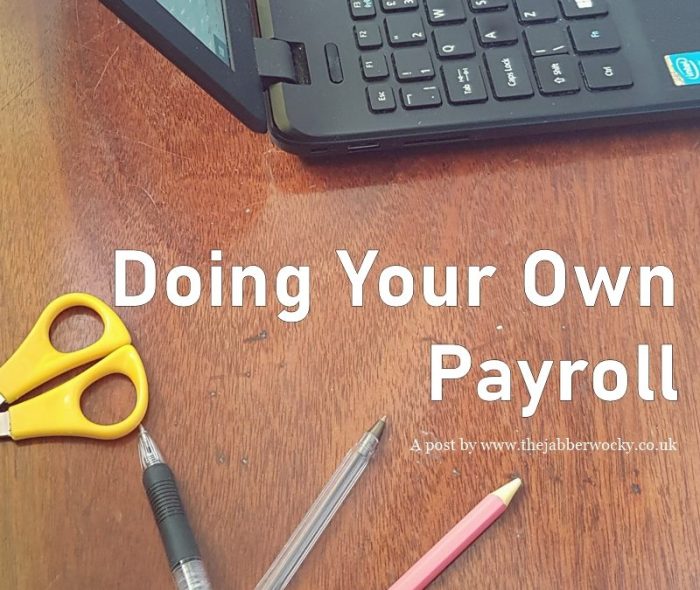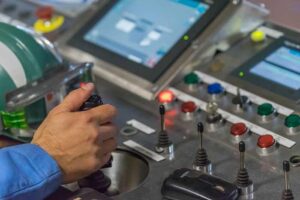
Payroll and HR integration is a game-changer for businesses looking to optimize their operations. By seamlessly connecting these two critical areas, companies can enhance efficiency, improve employee satisfaction, and ensure compliance with labor laws.
This integration not only simplifies payroll processing but also allows HR teams to focus on strategic initiatives rather than being bogged down by administrative tasks. As organizations navigate the complexities of modern work environments, understanding the benefits and implementation strategies of payroll and HR integration becomes essential for sustainable growth.
Understanding Payroll and HR Integration
In today’s fast-paced business environment, integrating payroll and human resources (HR) systems has become more crucial than ever. This integration streamlines various processes, ensuring that businesses operate efficiently while maintaining compliance with regulations. Payroll and HR integration refers to the unification of payroll management with HR functions, creating a seamless flow of data and processes.The components involved in payroll and HR integration typically include employee records, payroll data, benefits administration, and timekeeping systems.
By linking these components, organizations can automate tasks, reduce errors, and improve data accuracy. The benefits of this integration are vast; companies can experience time savings, enhanced reporting capabilities, and better employee satisfaction due to timely and accurate payroll processing.
Key Features of Payroll and HR Integration Solutions
When searching for payroll and HR integration software, it’s essential to identify key features that can greatly impact usability and efficiency. Notable features include:
- User-friendly interface that simplifies navigation for HR personnel.
- Real-time data updates to ensure information remains current across all platforms.
- Automated reporting tools to facilitate compliance and performance tracking.
- Robust security measures to protect sensitive employee information.
Automation significantly enhances the functionalities of payroll and HR systems by minimizing manual entry and reducing the risk of human error. Various integration solutions are available in the market, ranging from cloud-based platforms to on-premise software, each offering distinct advantages based on company size and specific needs.
Implementation Strategies for Payroll and HR Integration
Effectively implementing payroll and HR integration is a multi-step process that requires careful planning and execution. Key steps include:
- Assessing current systems and identifying areas for improvement.
- Choosing the right software solution that aligns with business goals.
- Developing a timeline for implementation to ensure a structured approach.
- Testing the integrated system before full deployment to catch any issues early.
Training and support play a pivotal role during the integration process. Providing employees with comprehensive training will foster a smooth transition and enhance user adoption. Best practices for a successful integration include maintaining open communication, gathering feedback regularly, and ensuring ongoing support post-implementation.
Impact on Customer Service
The integration of payroll and HR systems significantly improves overall customer service by enabling organizations to respond promptly to both employee and client inquiries. With accurate payroll data readily available, employees feel more valued and satisfied, which directly impacts customer experience. Satisfied employees are more engaged and tend to deliver better service to customers.For example, after integrating payroll and HR systems, a retail company reported a 30% decrease in employee complaints related to payroll issues, leading to improved morale and enhanced customer satisfaction ratings.
The Role of Entrepreneurialism in Payroll and HR Integration
Entrepreneurialism fosters innovation in payroll and HR integration, driving businesses to explore new technologies and practices. Entrepreneurs face specific challenges when integrating these systems, such as limited resources and rapidly changing market demands. However, successful case studies demonstrate how startups have effectively leveraged integration to streamline operations and enhance employee engagement. For instance, a tech startup went from a manual payroll system to an integrated solution, resulting in increased efficiency and reduced labor costs.
Business Ethics and Payroll Practices
Ethical considerations in payroll processing are paramount as they ensure fair treatment of employees. Legal implications of payroll errors can result in significant penalties and damage to a company’s reputation. Transparency in payroll and HR integration fosters trust among employees, making it crucial for organizations to maintain clear communication regarding compensation and benefits.
Business Franchising and Payroll Integration
Franchised businesses face unique challenges in payroll integration, such as varying local regulations and differing operational practices across locations. Standardizing payroll processes across multiple franchises is vital for consistency and compliance. By comparing franchising payroll systems with those of independent businesses, it becomes evident that franchises often require tailored solutions that accommodate their specific operational needs.
Furnishings and Supplies for Payroll and HR Integration
To ensure effective payroll and HR integration, essential tools and supplies must be in place. These include:
- Reliable computer systems and software capable of handling complex payroll calculations.
- Cloud storage solutions for secure data management and accessibility.
- Office furnishings that support a collaborative environment for HR teams.
Technology plays a crucial role in supporting payroll and HR processes, making it imperative for businesses to invest in the right tools that facilitate integration.
Human Resources Management in Integration

HR management practices evolve significantly with payroll integration, allowing for better alignment of HR initiatives with organizational goals. Data accuracy and security become increasingly important in ensuring compliance and building trust within the workforce. The HR department plays a vital role in fostering a culture of compliance and transparency, which is essential for the overall success of integrated systems.
Industrial Mechanical Considerations
Industrial mechanical firms can reap substantial benefits from integrated payroll and HR systems, optimizing workforce management while addressing specific payroll challenges found in mechanical industries. Effective alignment of workforce management with operational efficiency is achieved through tailored integration solutions that cater to the unique needs of mechanical firms, ensuring they remain competitive in a challenging market.
Last Point
In summary, the integration of payroll and HR systems offers numerous advantages that can significantly impact a company’s bottom line and employee morale. As more businesses recognize the importance of this integration, it is clear that those who adapt will thrive in an ever-evolving marketplace.
FAQ Insights
What is payroll and HR integration?
It is the process of linking payroll systems with HR management to streamline operations and improve data accuracy.
Why is payroll and HR integration important for businesses?
This integration enhances efficiency, reduces errors, and improves compliance by providing a unified system for handling employee data.
What features should I look for in payroll and HR integration software?
Essential features include automation capabilities, user-friendly interfaces, compliance tracking, and robust reporting tools.
How can businesses ensure a smooth transition to integrated systems?
Providing training for employees, establishing clear communication, and following best practices can facilitate a smooth transition.
What are the common challenges faced during payroll and HR integration?
Common challenges include data migration issues, resistance to change from employees, and ensuring compliance with regulations.





